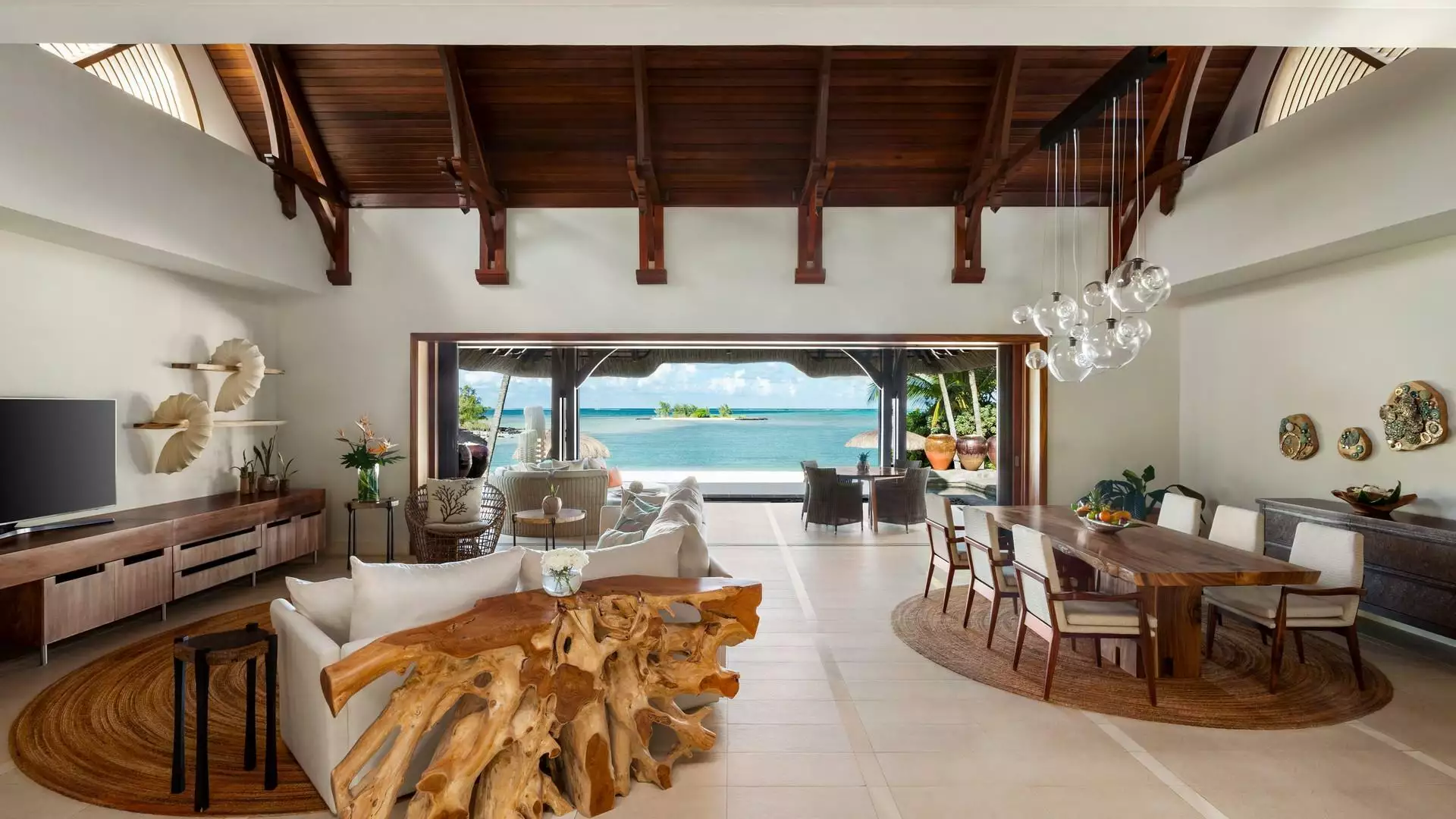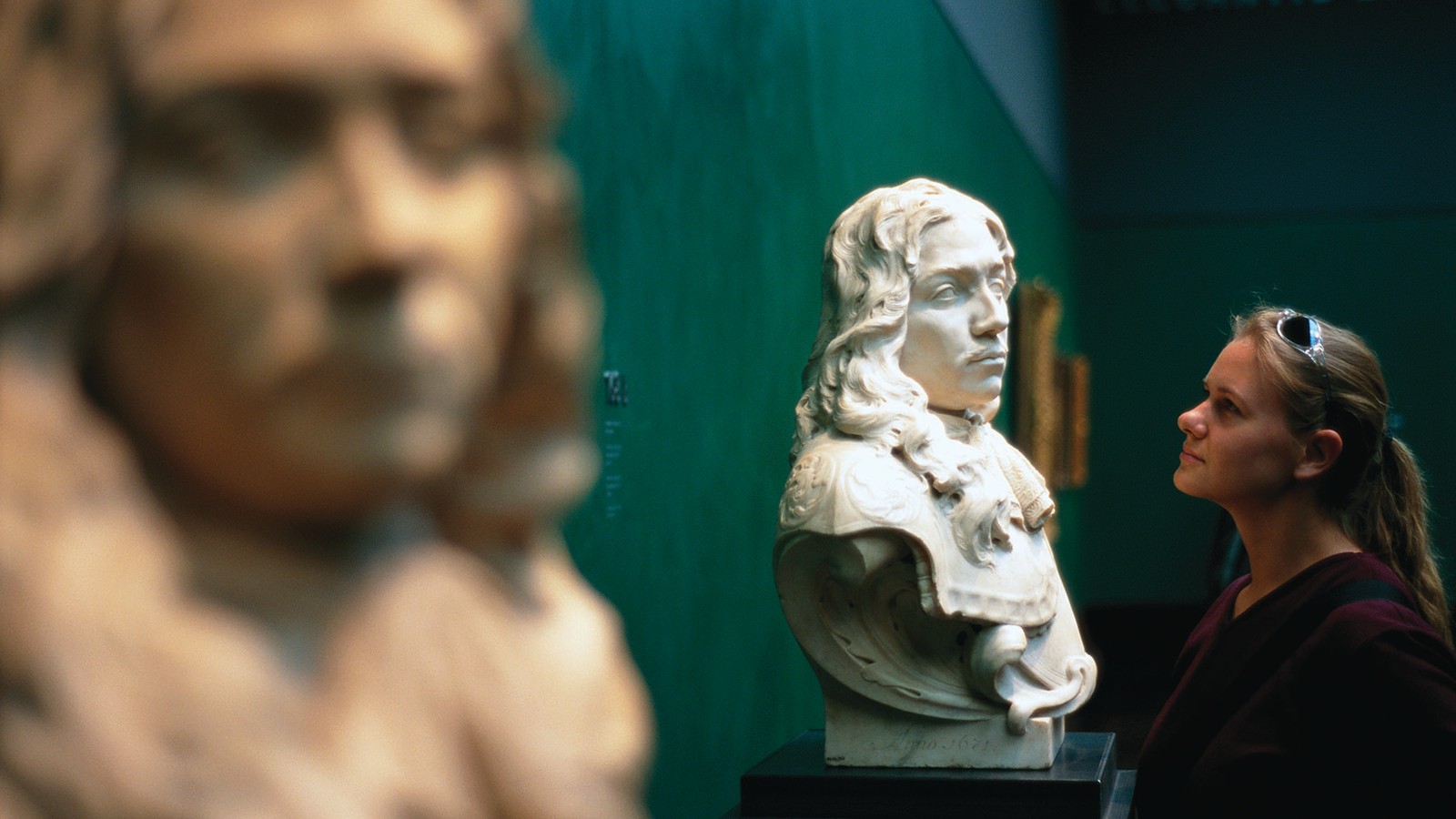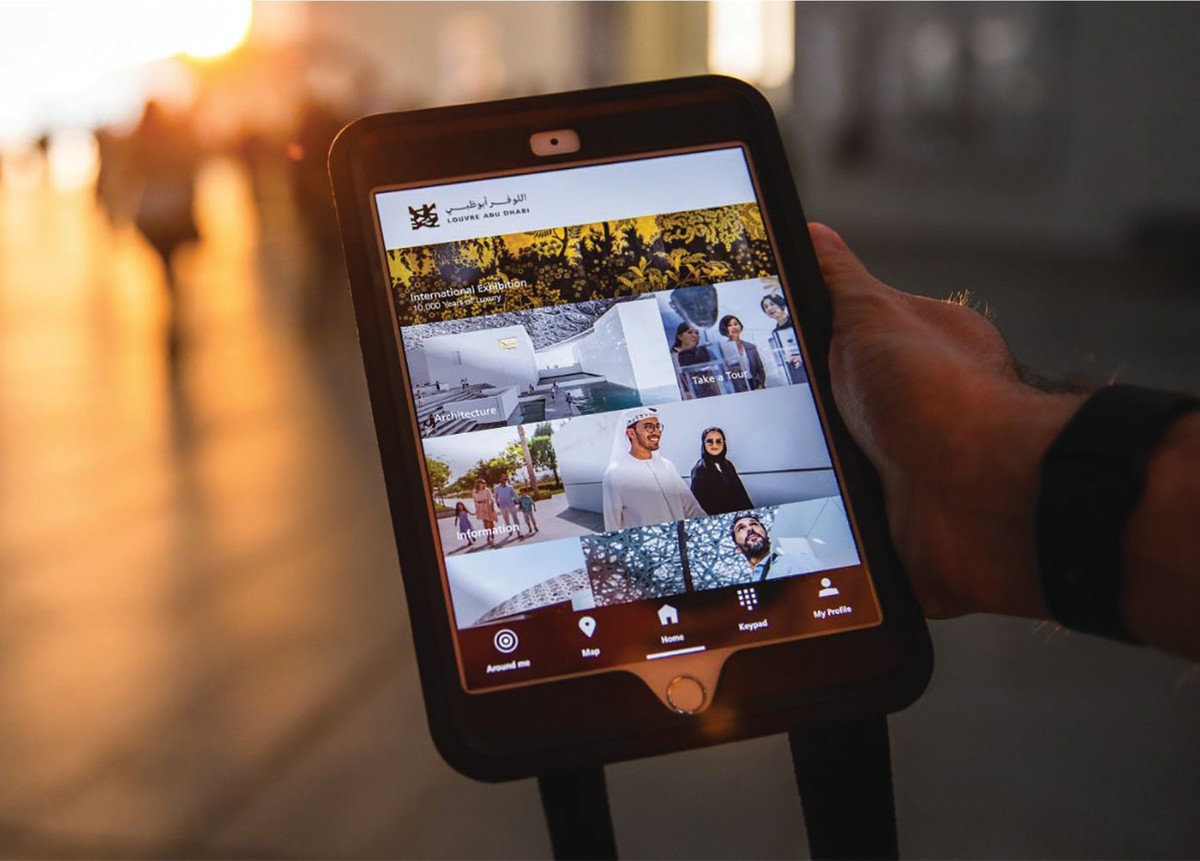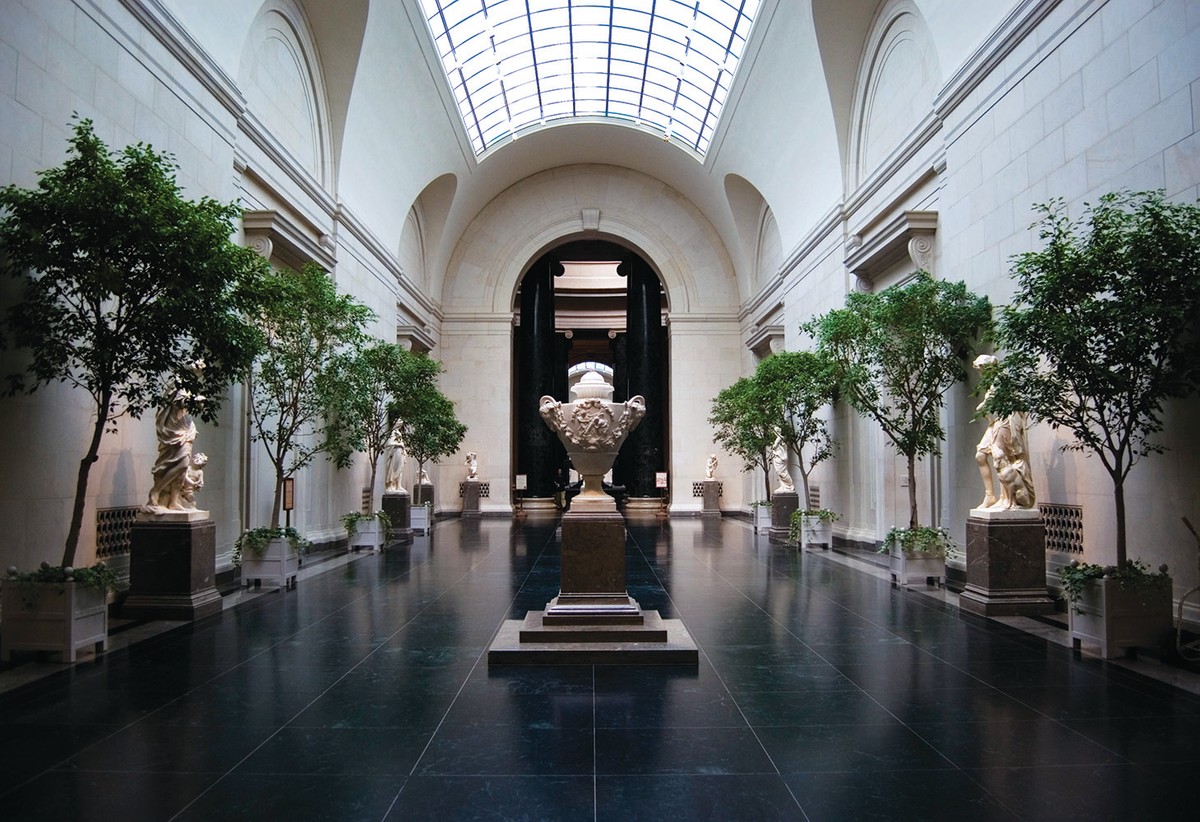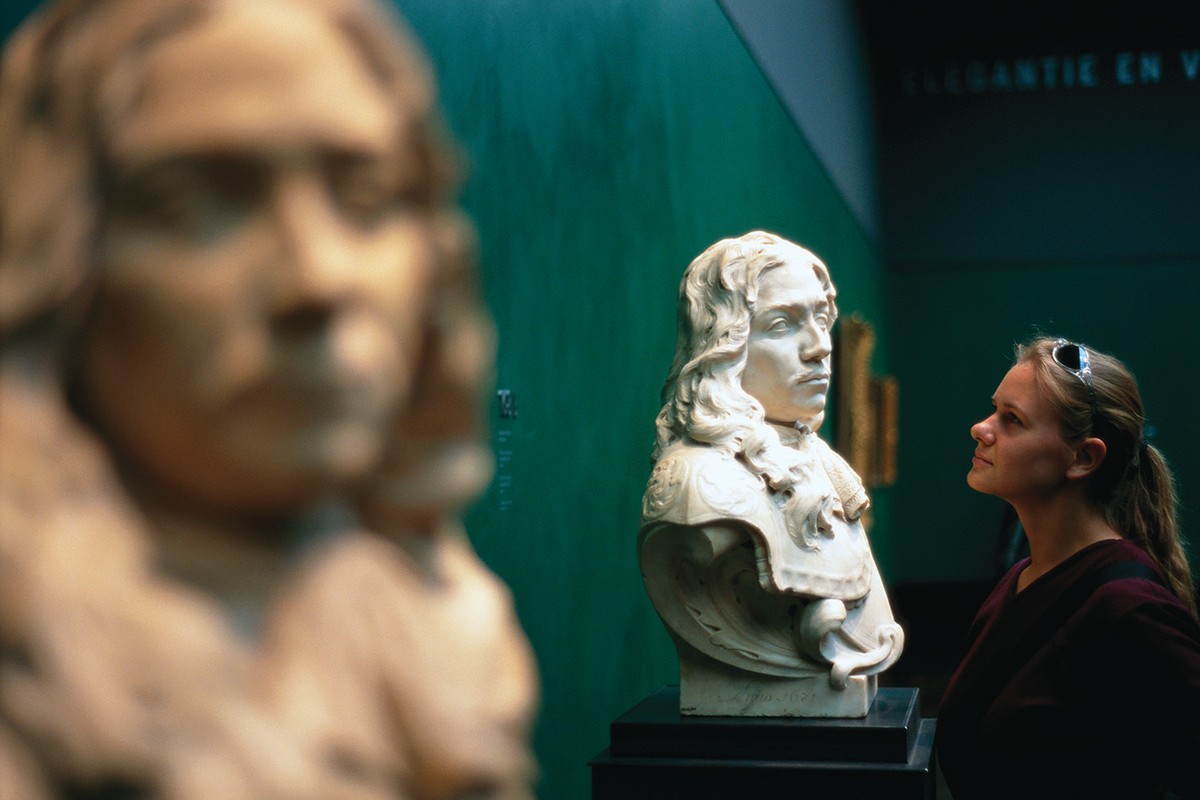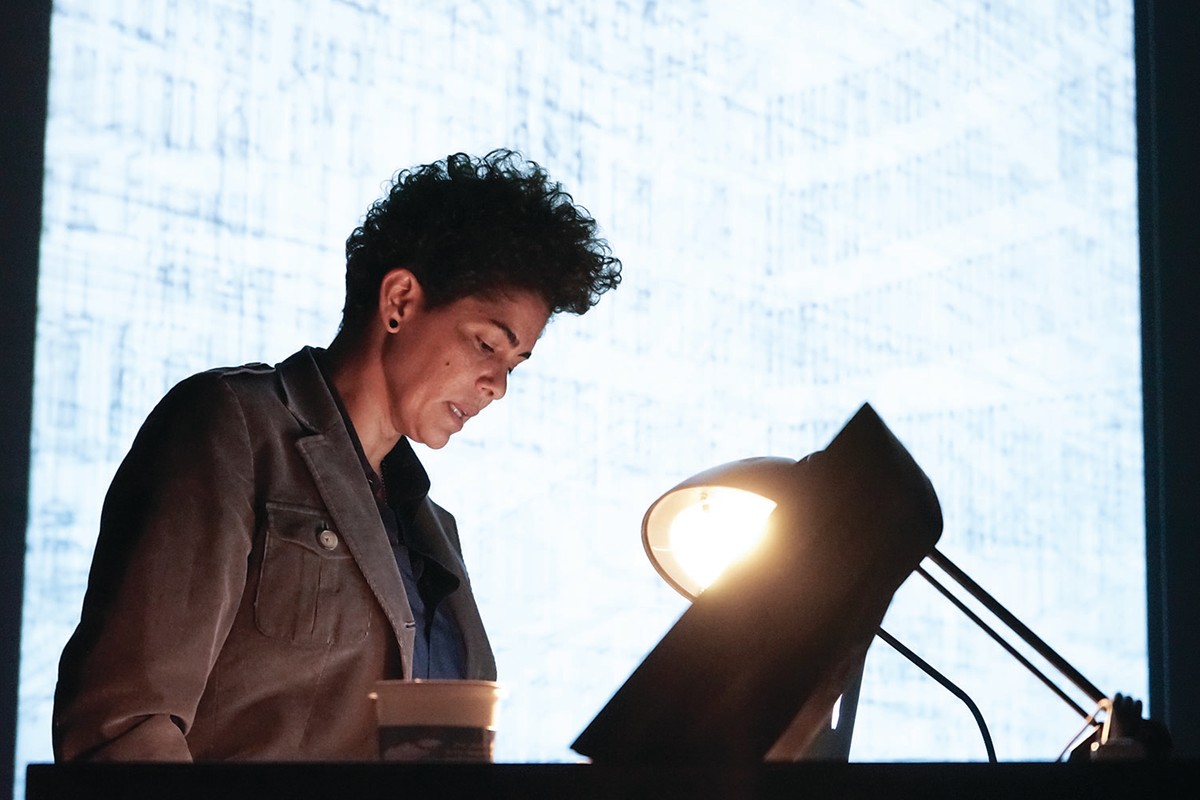Prior to the coronavirus pandemic, the world’s great museums and cultural institutions had already utilized technology in varying degrees to make their collections and experiences more accessible to all. But in light of the unprecedented raft of temporary closures, museums have looked to leverage new platforms and applications in order to share their collections with millions.
Though the shift to digital was brought on by the pandemic, it’s here to stay. Many institutions have taken the opportunity to offer new resources geared toward teachers and parents. Now a whole new audience can better enjoy and understand priceless collections across the globe. In response to stay-at-home measures, the Los Angeles County Museum of Art (LACMA) rebranded its website to LACMA @ Home, enabling the public to watch exhibition walkthroughs, read artist interviews and exhibition catalogs, and learn via online courses, lectures, and teaching resources. Unique offerings include LACMA Productions, a series of contemporary artist profile videos made by emerging filmmakers, and curated playlists of global music inspired by recent shows such as “Fiji: Art & Life in the Pacific.”


